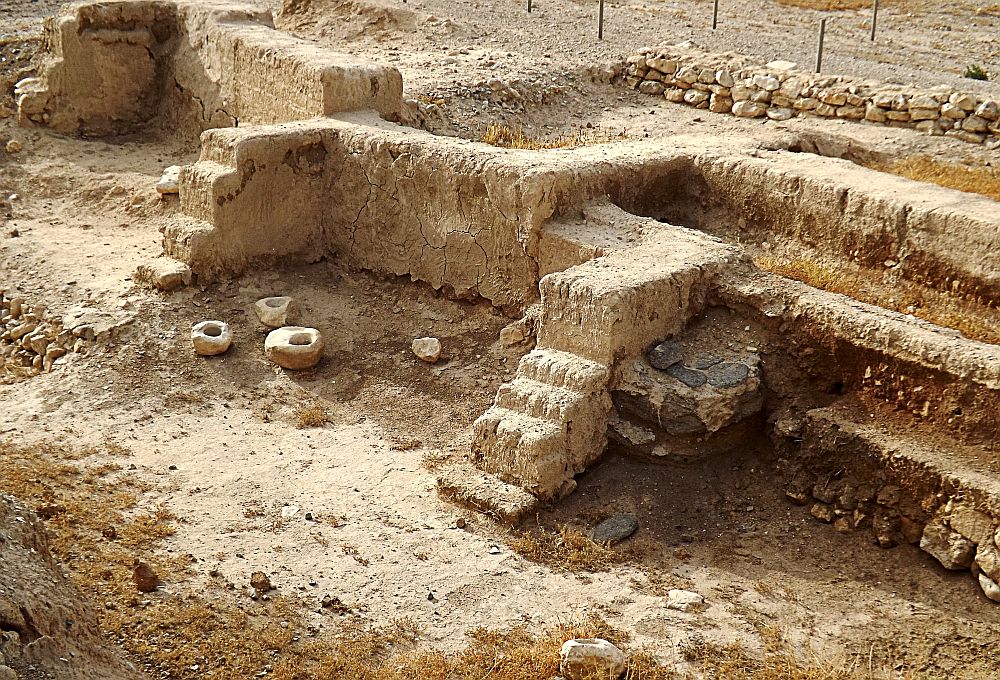A new report by an industry research firm predicts that there will be a small but steady growth in world demand for refractories through 2012, averaging 3.5 percent annually or 4.5 percent based on anticipated price increases. The Freedonia Group, a Cleveland, Ohio based research firm pegs the 2012 total market value of refractories at $28.5 billion.
The report acknowledges that problems in the world economy will dampen demand to pre-2008 levels, but a researchers anticipate a recovery by 2012 and support for long-term growth that bolstered “by the increasing use of better performing, more expensive refractories.”
The outlook for refractory producers in the United States is fairly good, according to Freedonia. The U.S. is second only to China in production, and although demand in the U.S. will remain flat on a tonnage basis, the total value of U.S.-made refractories should increase by eight percent through 2012 and 20 percent by 2017. Freedonia’s report asserts that the technical abilities of U.S. producers will continue to give the nation an edge in higher end items that can demand higher prices. These specialized refractories include preformed shapes and nonclay monolithics that will find their way to markets in Canada and West European countries like Germany, France, Italy and the United Kingdom. Even so, the U.S., according to Freedonia, will become a net importer of refractories by 2017.
The report predicts that China will continue to be the dominant consumer and producer of refractories. Consumption in China is driven by the nation’s steel, cement and flat glass production. Freedonia notes that China uses refractories at a higher rate per done of steel than in developed nations.
Growth of these Chinese industries is expected to stay strong and account for over 80 percent of the new demand contained in the 2012 predictions. India is also expected to have above-average growth and substantial strength is anticipated in Eastern Europe where steel-consuming goods such as household appliances and motor vehicles to is creating demand for steel. Opportunities will also exist in Latin America and the Africa/Mideast region.
Iron and steel production is by far the largest market for refractories. Advances in this market have benefited from increased iron and steel production in recent years compared to the late 1990s. However, the rate of refractory usage per ton of steel has continued to decline, holding back gains. This trend is expected to continue, adversely affecting the outlook for refractory suppliers.
WORLD REFRACTORY DEMAND BY REGION (000 metric tons). Copyright: Freedonia Group
| % Annual Growth | |||||
| Item | 2002 | 2007 | 2012 | 2002-2007 | 2007-2012 |
| World Refractory Demand | 22,865 | 38,100 | 45,200 | 10.8 | 3.5 |
| North America | 3,585 | 3,725 | 3,700 | 0.8 | 0.1 |
| Western Europe | 3,645 | 3,695 | 3,700 | 0.3 | – |
| Asia/Pacific | 10,325 | 24,635 | 31,015 | 19.0 | 4.7 |
| Other Regions | 5,310 | 6,045 | 6,735 | 2.6 | 2.2 |
UNITED STATES REFRACTORY SUPPLY & DEMAND. Copyright: The Freedonia Group
| Item | 1997 | 2002 | 2007 | 2012 | 2017 |
| Steel Production (mil metric tons) | 98.5 | 91.6 | 98.2 | 100.5 | 103.0 |
| m ton refractory/mil $ GFI | 1.97 | 1.28 | 1.15 | 0.95 | 0.80 |
| m ton refractory/000 m ton steel | 36.5 | 30.3 | 29.5 | 28.9 | 28.2 |
| Refractory Demand (000 metric tons) | 3,600 | 2,780 | 2,900 | 2,900 | 2,900 |
| $/m ton | 688 | 701 | 807 | 897 | 1000 |
| Refractory Demand (mil $) | 2,475 | 1,950 | 2,340 | 2,600 | 2,900 |
| net exports | 115 | 30 | 60 | 0 | -20 |
| Refractory Shipments (mil $) | 2,590 | 1,980 | 2,400 | 2,600 | 2,880 |
The full 350-page report on World Refractories is available for $5,700 from The Freedonia Group Inc. To order, contact Corinne Gangloff by phone 440.684.9600, fax 440.646.0484 or e-mail.
CTT Categories
- Construction
Related Posts
The urban fabric of brick—Part 3: Innovations and the future of design
November 11, 2025
The urban fabric of brick—Part 2: Ancient brick history
October 28, 2025


